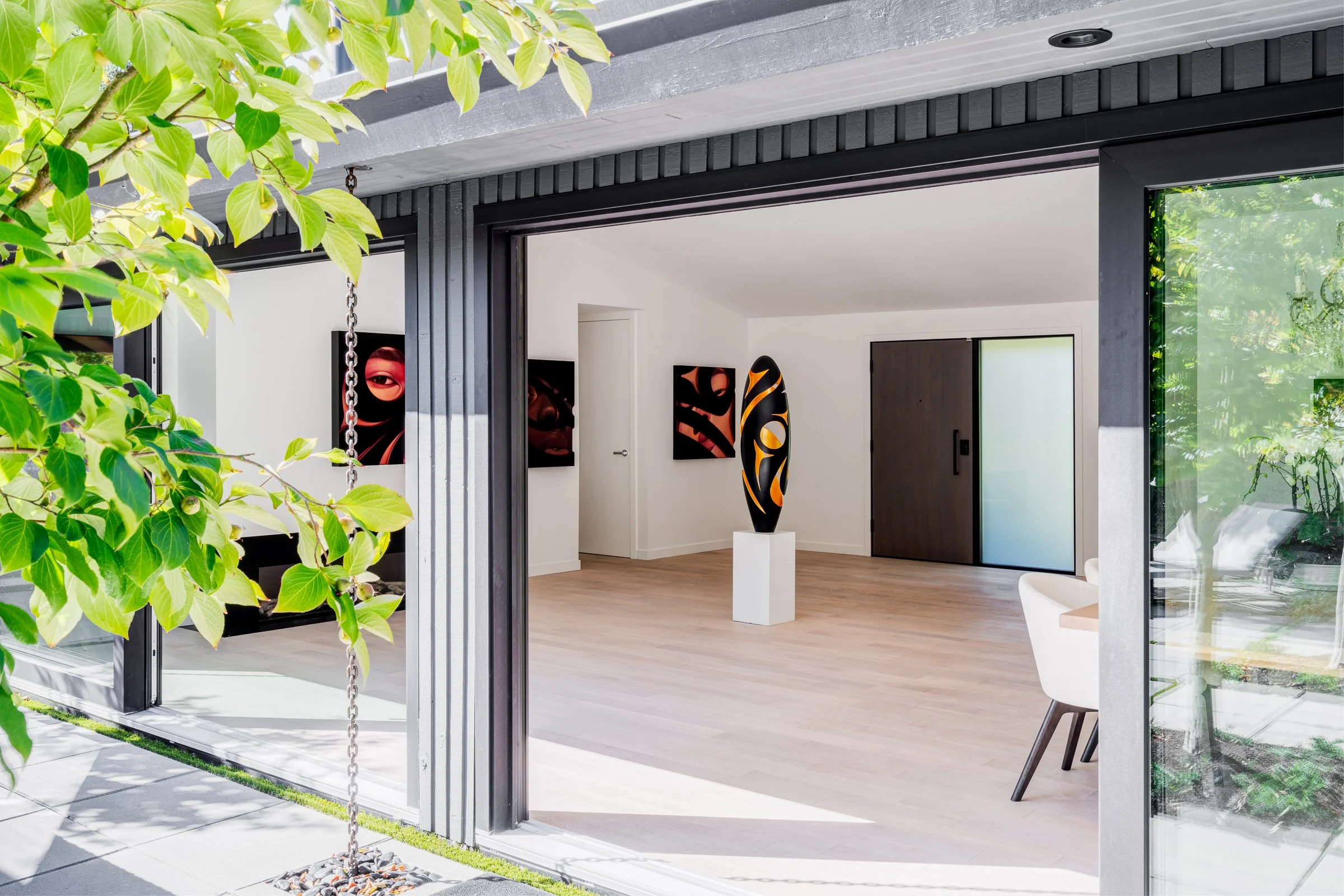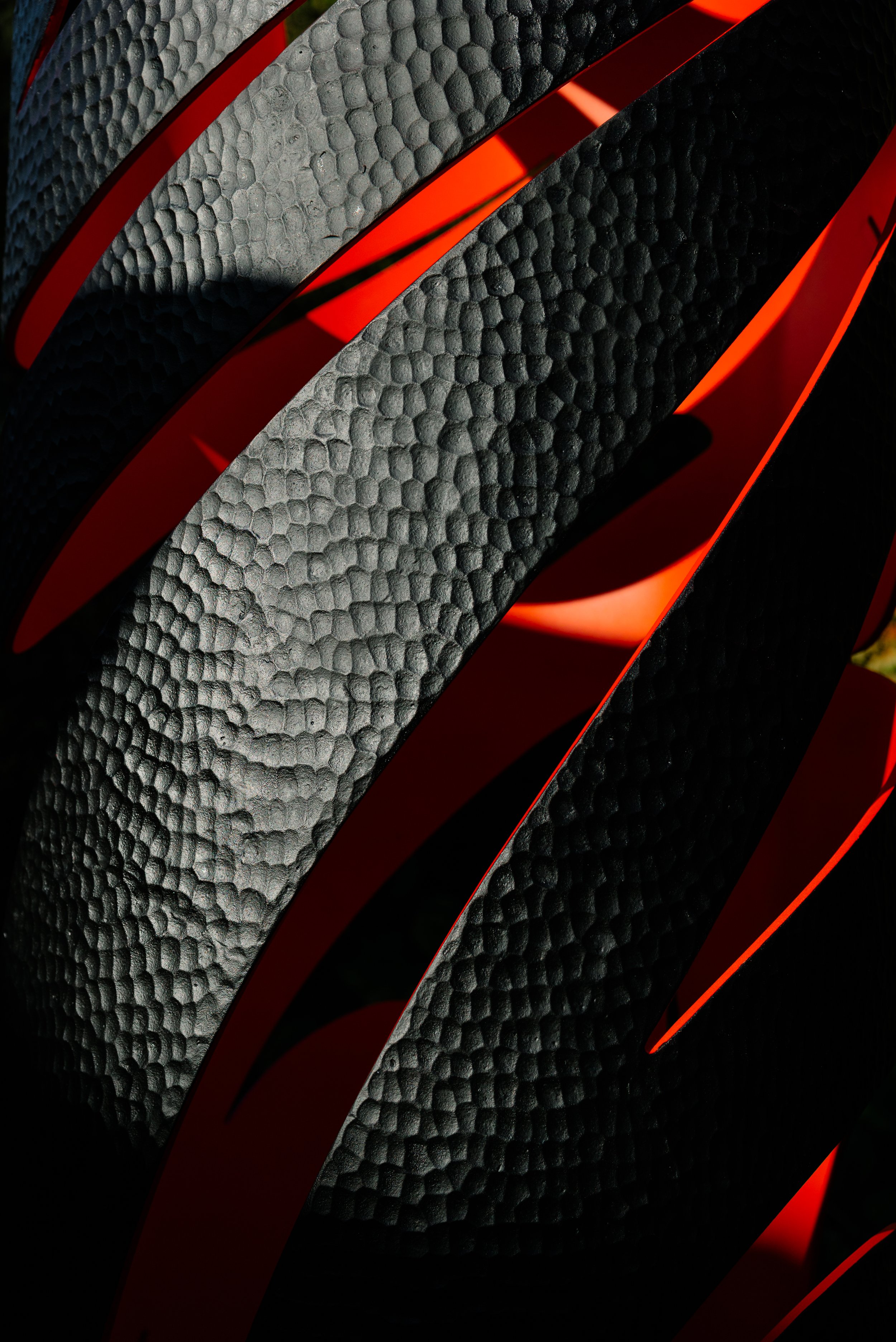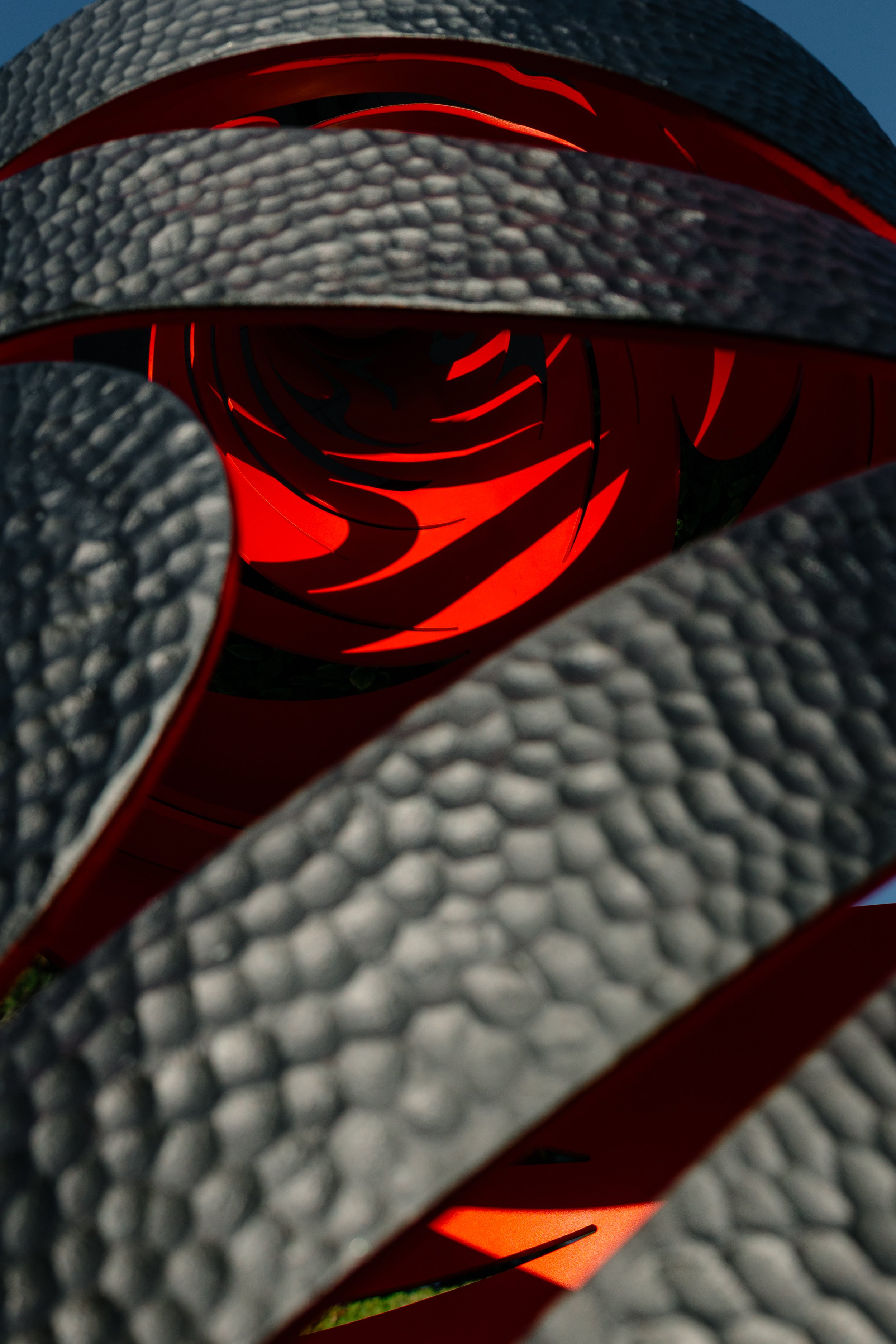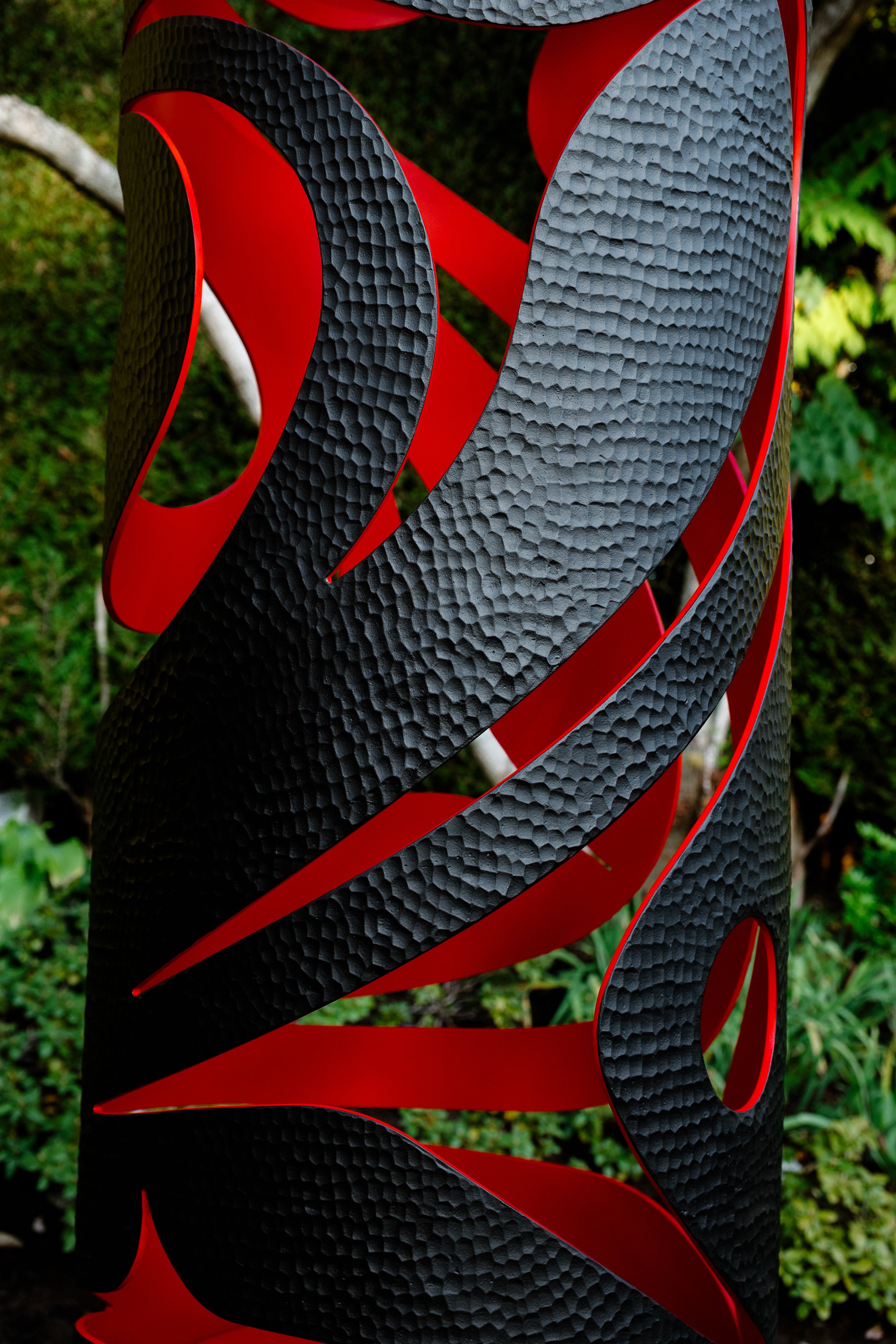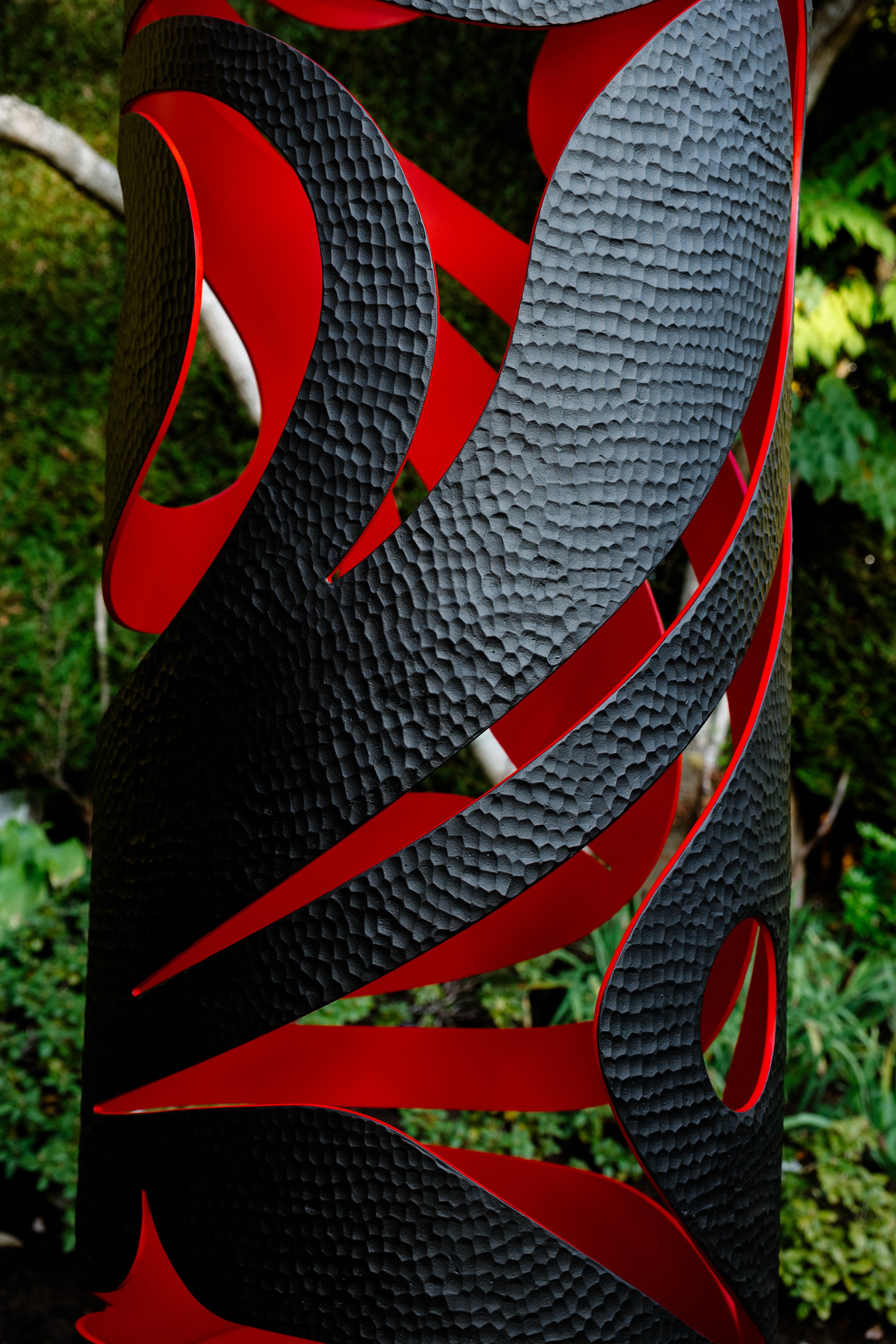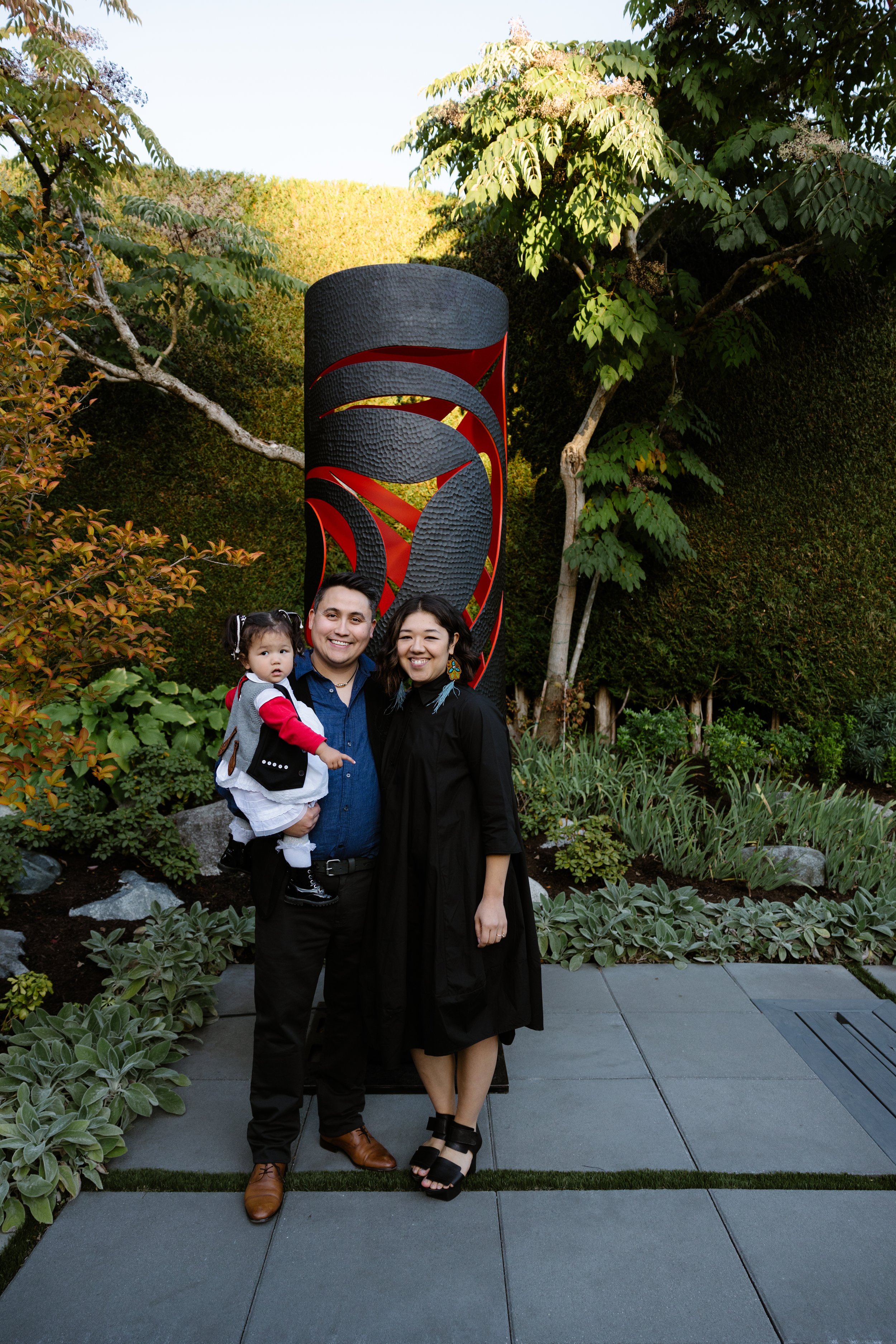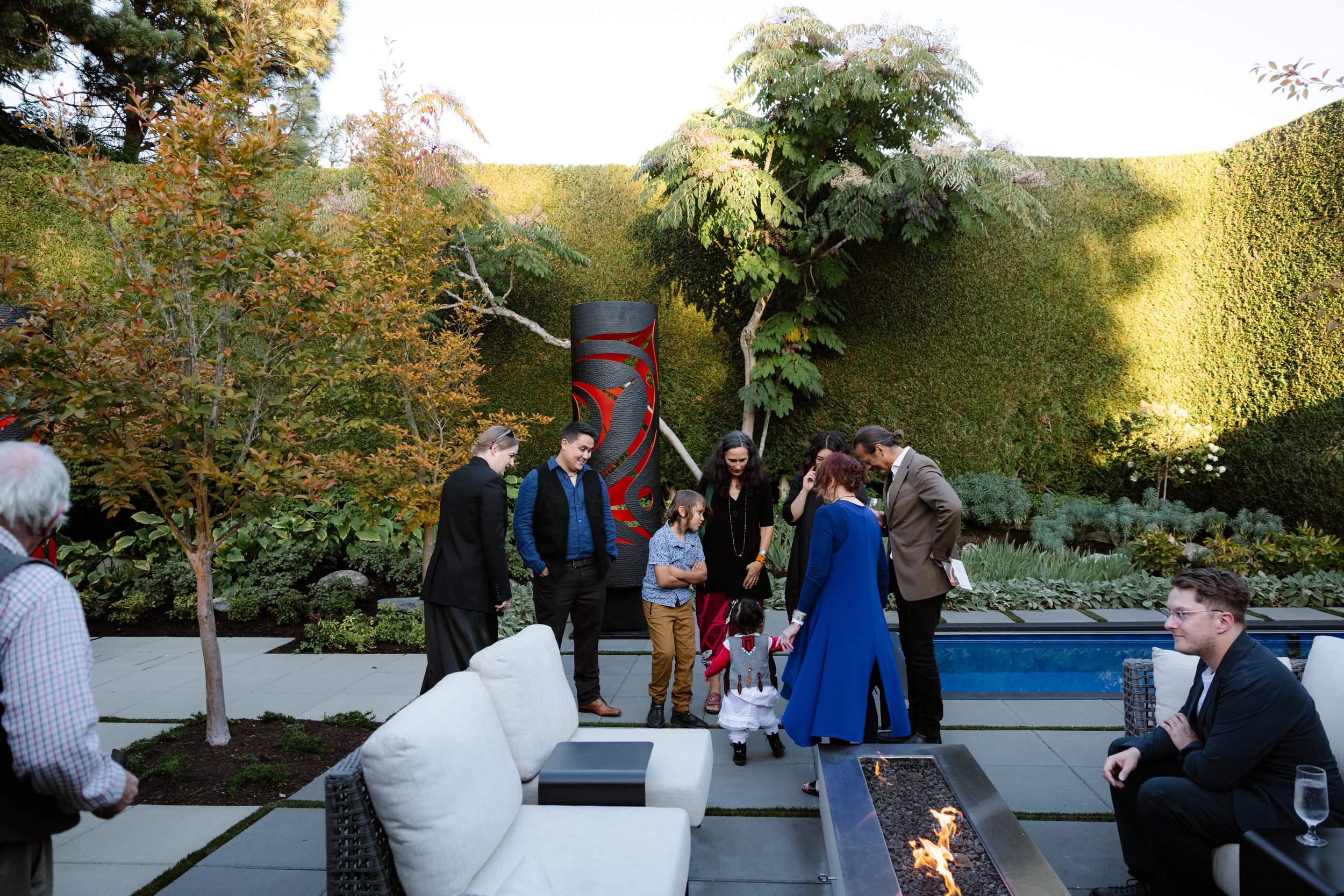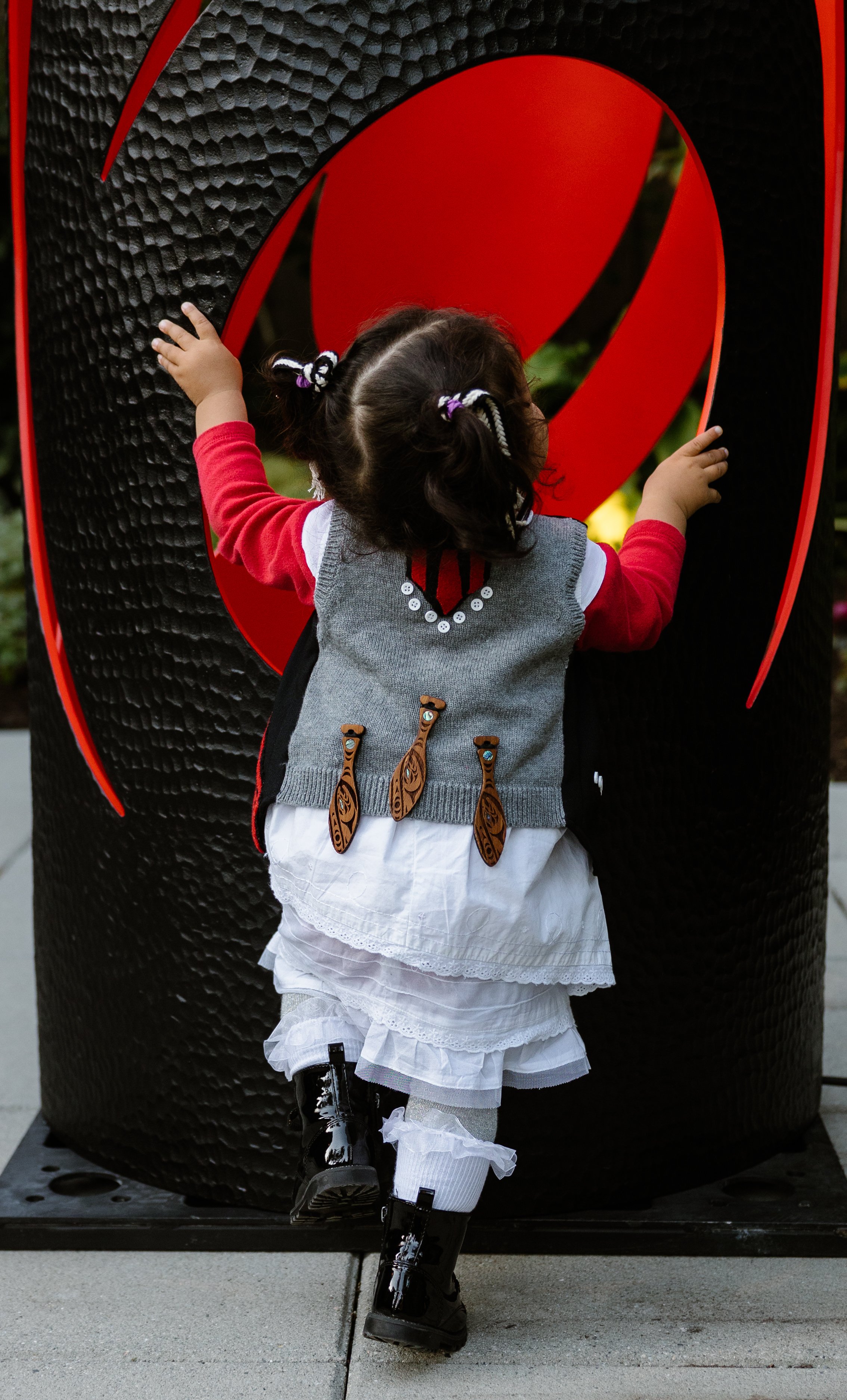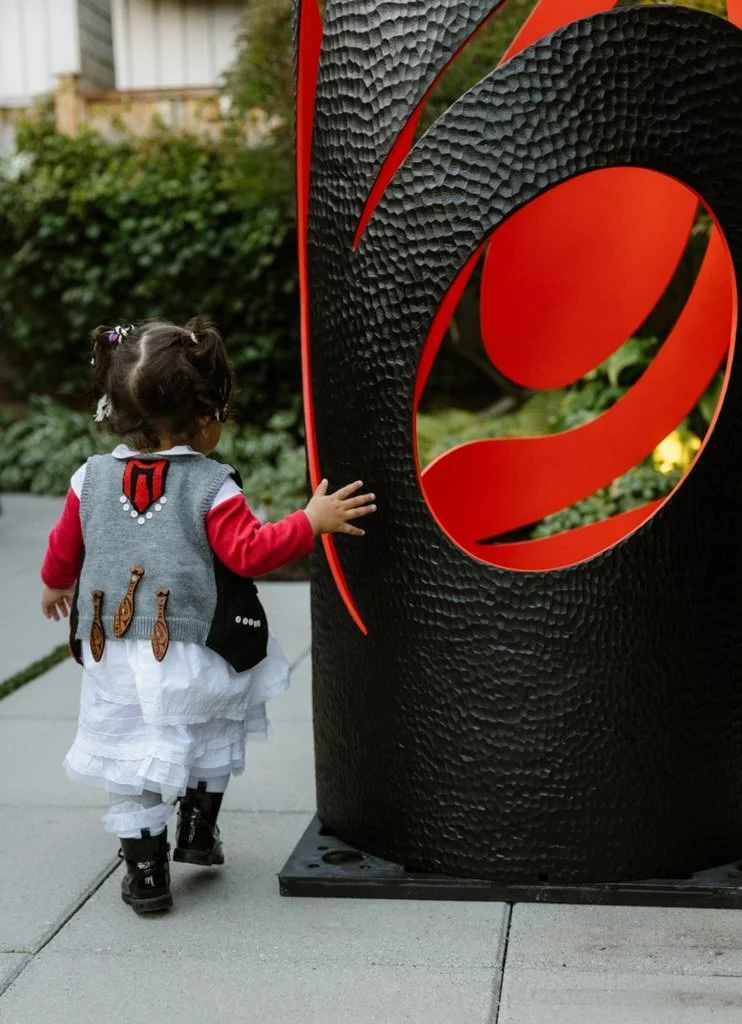The Seventh
The Seventh marks the first solo exhibition by KWÍKWI: Lauren Brevner and James Nexw’Kalus-Xwalacktun Harry. The discursive project explores a pivotal moment in the artists’ decade-long collaborative practice and builds upon their significant contributions to intersectional conversations around Indigenous representation and land-based gestures in contemporary art. The newly commissioned sculptural works presented within The Seventh engage familial supports and knowledges, including Brevner’s Japanese and Trinidadian heritage and Harry’s ongoing commitment to sharing Sḵwx̱wú7mesh stories, forms, and designs. The exhibition pays homage to innovative material traditions while engaging experimentation through collaboration and cross-cultural exchange. From monumental public artwork to intimate portraiture, the multiple registers of scale and breadth of materials invite opportunities for diverse expression and experience. The Seventh will be the first public viewing of each artwork presented within the exhibition, and will include the activation of two large cedar carvings entitled Sna7m Sea (2023) and Sna7m Sky (2023).
Together KWÍKWI recognizes that the Sḵwx̱wú7mesh, xʷməθkʷəy̓əm, and səlilwətaɬ people and territories are timeless. Their explorations pay honour and respect to how these vast relations have shaped the many publics that have emerged out of the history of this place—specifically, the rich and culturally diverse local community in the area immediately surrounding the Or Gallery in Chinatown, Strathcona, the Downtown East Side, False Creek Flats, and adjacent neighbourhoods.
The Seventh spans a vast horizon—a horizon that holds a timeless expanse of encounters with the Sḵwx̱wú7mesh, xʷməθkʷəy̓əm, and səlilwətaɬ people and territories. The exhibition pays honour and respect to how this expanse of interconnected relations has shaped the many publics that have emerged out of the histories that blanket this place. Lauren Brevner and James Nexw’Kalus- Xwalacktun Harry have spent the last decade cultivating a collaborative practice that weaves aspects of their individual identities together, forming a collective vocabulary and intersectional conversation around Indigenous representation and land-based gestures. The sculptural works presented within The Seventh engage familial supports and knowledges, including Brevner’s Japanese and Trinidadian heritage and Harry’s ancestral connection to Sḵwx̱wú7mesh stories, forms, and designs. Under the collective name KWÍKWI, Brevner and Harry explore innovative material traditions and engage experimentation through cross-cultural exchange. From monumental public artwork to intimate portraiture, the multiple registers of scale and breadth of materials invite opportunities for diverse expression and experience. For Brevner and Harry, the bringing together of diverse historical and cultural contexts is urgent. In 2022, they welcomed their daughter, Hana Kimiko Kwílayus Harry, to the world and began dreaming of The Seventh. Each work within the series embodies a transformative potential to share knowledge with future generations. As Brevner and Harry worked toward the exhibition, they spent time with elders, knowledge keepers, and storytellers from their communities. Through these dialogues, a cosmology of past and future reciprocity flows. In conversation with Gwen Mildred Harry, James Harry’s Sḵwx̱wú7mesh grandmother, the artists learned that their daughter’s birth marked the seventh generation since European contact on this territory. Gwen Mildred Harry shared that, in Sḵwx̱wú7mesh teachings, the number seven holds a significant connection to the vast expression of time—to enact powerful change, one must always be thinking seven generations ahead of one’s own life, and importantly, that it takes seven generations for a past wound or trauma to heal. This learning opened conversation towards the story of the great Thunderbird and the symbolism of its seven symmetrical tail feathers.
The three feathers that reach to the left represent the past, a central feather represents the present, and the three feathers spreading out to the right represent the future. From ancestors to new life, the tailfeathers link multiple generations through vast folds of deep time. This teaching transcends a more familiar human scale of time and expands into an interconnected web of life, where human and non-human beings make contact and coexist. For Brevner and Harry, The Seventh manifests a powerful future through representation of identity, stories of belonging, and mutual healing. The vocabulary that connects Brevner and Harry to this territory centres on the guiding principles of the Salish Eye—a concept of seeing beyond or looking inward to connect with the watchful presence of past and future ancestors. The visual representation of the Salish Eye gestures to a ripple in the water, and the impact of a single pebble dropping—how energy from a small gesture moves from a central point outward in all directions. Teachings of the Salish Eye as a visual language have been generously shared with Brevner and Harry, by James’ father, Sḵwx̱wú7mesh artist and master carver, Xwalacktun Rick Harry.1 The Salish Eye is a foundational tenet of Sḵwx̱wú7mesh design language: the insinuation of movement which emphasizes direction and the flowing of energy from one place to another. In this visual language, there are often unseeable currents of energy that inform the resulting design. The Salish Eye is made up of the three primary markers of Sḵwx̱wú7mesh visual language: the crescent, circle, and trigon. Together these forms build rhythms outward from a central node. Each form sequentially impacts the next, building complexity beyond the original gesture. As the gesture expands outward, the potential for powerful energy transference exponentially grows.


